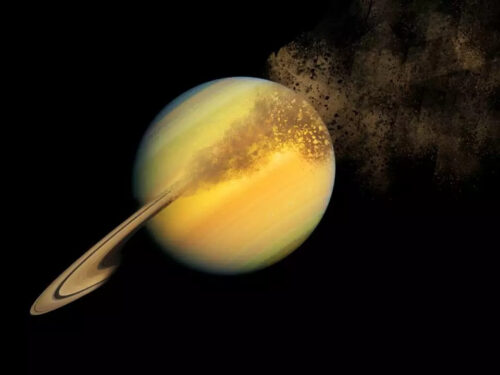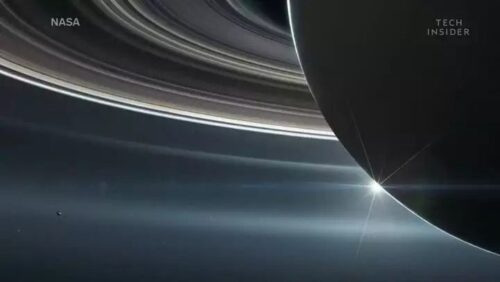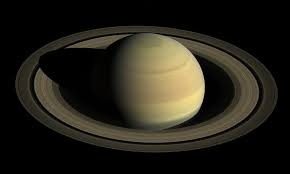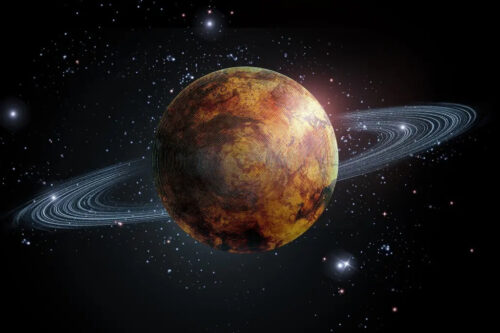
Saturn’s Iconic Rings Disappearing Faster Than Expected
If you were asked to identify Saturn from a lineup, chances are you would recognize it by its majestic rings.
Saturn’s rings are the largest and brightest in our solar system, spanning over 280,000 kilometers from the planet’s surface, wide enough to accommodate six Earths lined up in a row.
However, these iconic rings are slowly vanishing, and at a much faster rate than scientists initially anticipated.
Yes, Saturn is losing its rings, and the process is happening rapidly. In fact, it’s happening at a pace that exceeds scientists’ early predictions.
Currently, Saturn experiences a downpour of ring rain, with a staggering 10,000 kilograms of ring debris falling on the planet per second.
To put that into perspective, this quantity of ring rain could fill an Olympic-sized pool in just half an hour.
This ring rain consists of the disintegrated remains of Saturn’s rings. The rings themselves primarily consist of chunks of ice and rock, constantly bombarded by various factors.

Some of the particles are affected by the Sun’s ultraviolet (UV) radiation, while others face the impact of tiny meteoroids.
These collisions cause the icy particles to vaporize, transforming into charged water molecules that interact with Saturn’s magnetic field.
Subsequently, they descend toward the planet, burning up in its atmosphere.
The phenomenon of ring rain was initially discovered in the 1980s during NASA’s Voyager mission, which identified mysterious dark bands that were eventually identified as ring rain trapped within Saturn’s magnetic fields.
At that time, scientists estimated that the rings would completely drain in approximately 300 million years. However, subsequent observations by NASA’s Cassini spacecraft painted a gloomier picture.
Before Cassini’s final descent into Saturn’s atmosphere in 2017, it managed to capture a closer look at the amount of ring dust raining down on Saturn’s equator.
These detailed observations revealed that the ring rain was heavier than previously assumed.
Armed with these new findings, scientists recalculated the lifespan of Saturn’s rings to a mere 100 million years. It’s difficult to fathom a Saturn devoid of its captivating rings.
Interestingly, Saturn existed without its rings for the majority of its existence.
Formed around 4.5 billion years ago, the rings themselves are believed to be relatively young, dating back only 100 to 200 million years.

That means the rings are younger than some dinosaurs that roamed the Earth. Reflecting on this, it becomes evident how fortunate we are to witness the spectacle of Saturn’s rings during our time. In fact, our endeavors to study these rings have led to other remarkable discoveries.
For instance, during Cassini’s exploration of Saturn’s moon Enceladus, it unveiled a trail of ice and gas that traced back to Saturn’s E ring.
Enceladus happens to be the brightest and most reflective moon in our solar system. By scrutinizing the ring more closely, scientists have uncovered the reason behind this brightness.
It turns out that the moon continuously emits gas and dust, with some of it escaping into space and becoming part of the E ring.

The remainder of the material snows back onto Enceladus’s surface, creating a brilliant white frost.
Considering the ongoing mysteries hidden within Saturn’s rings, one can only imagine what other discoveries lie in wait.
At the very least, it is evident that we must continue our exploration and investigation while the rings still grace Saturn’s celestial landscape.
